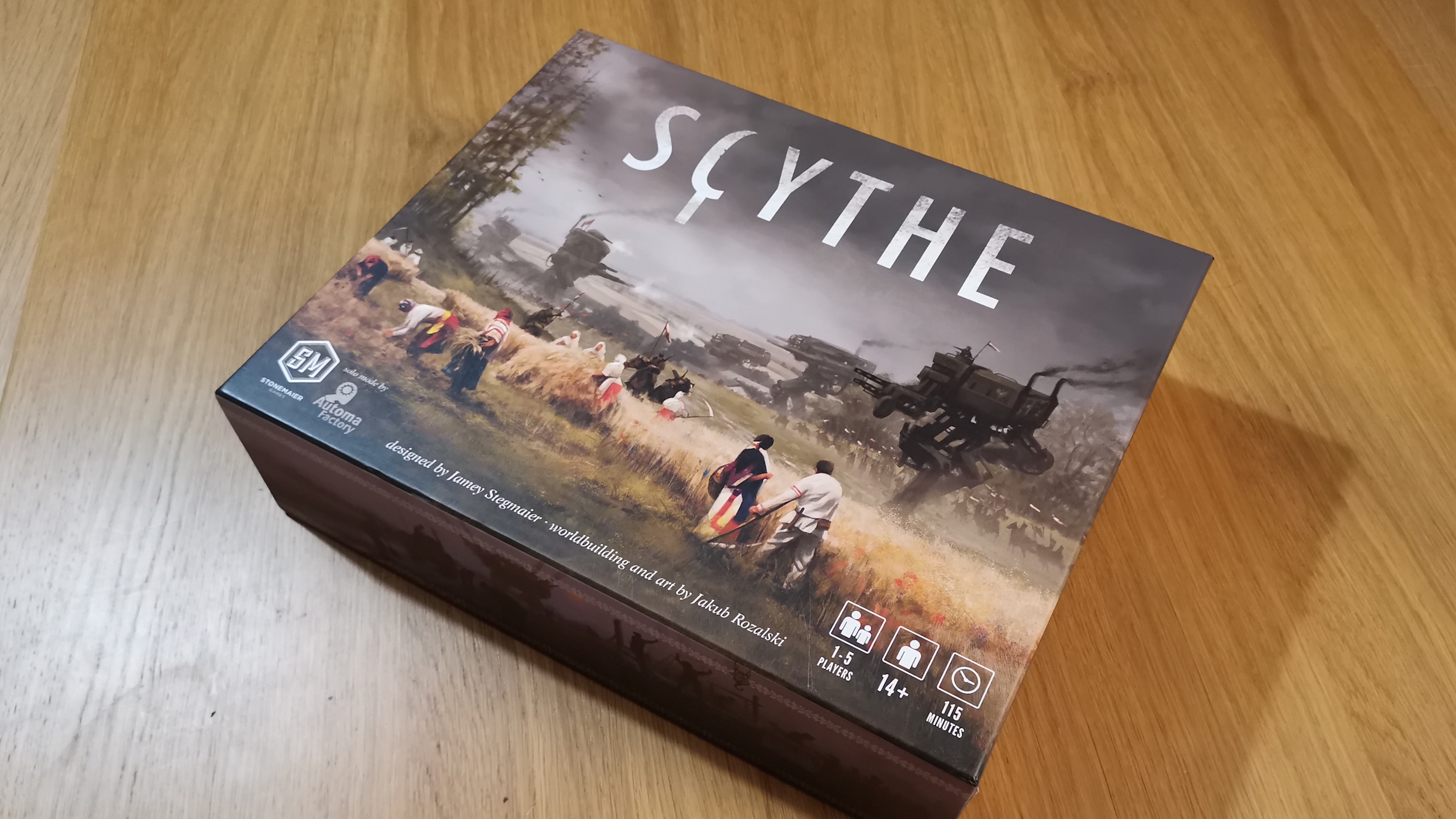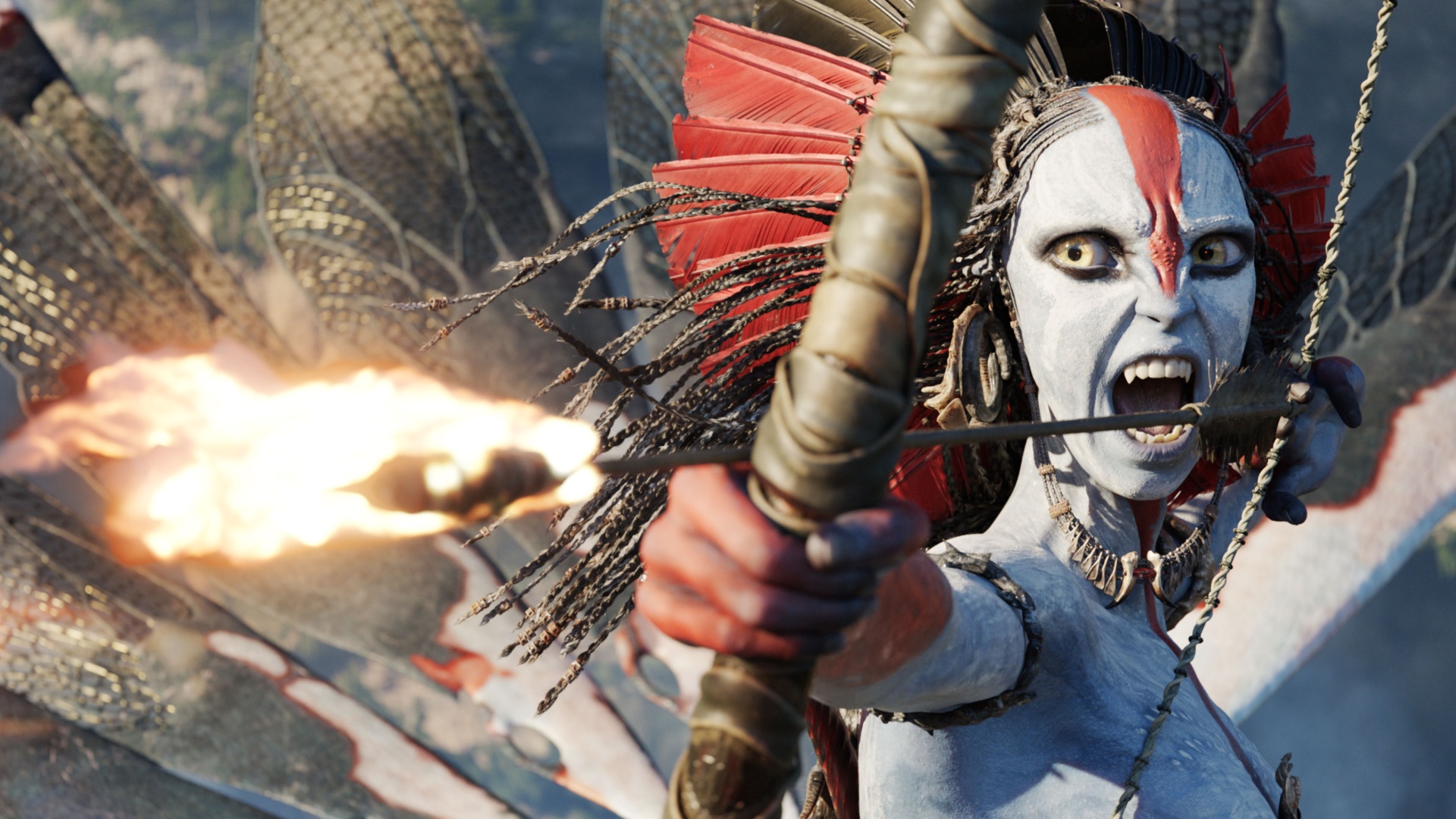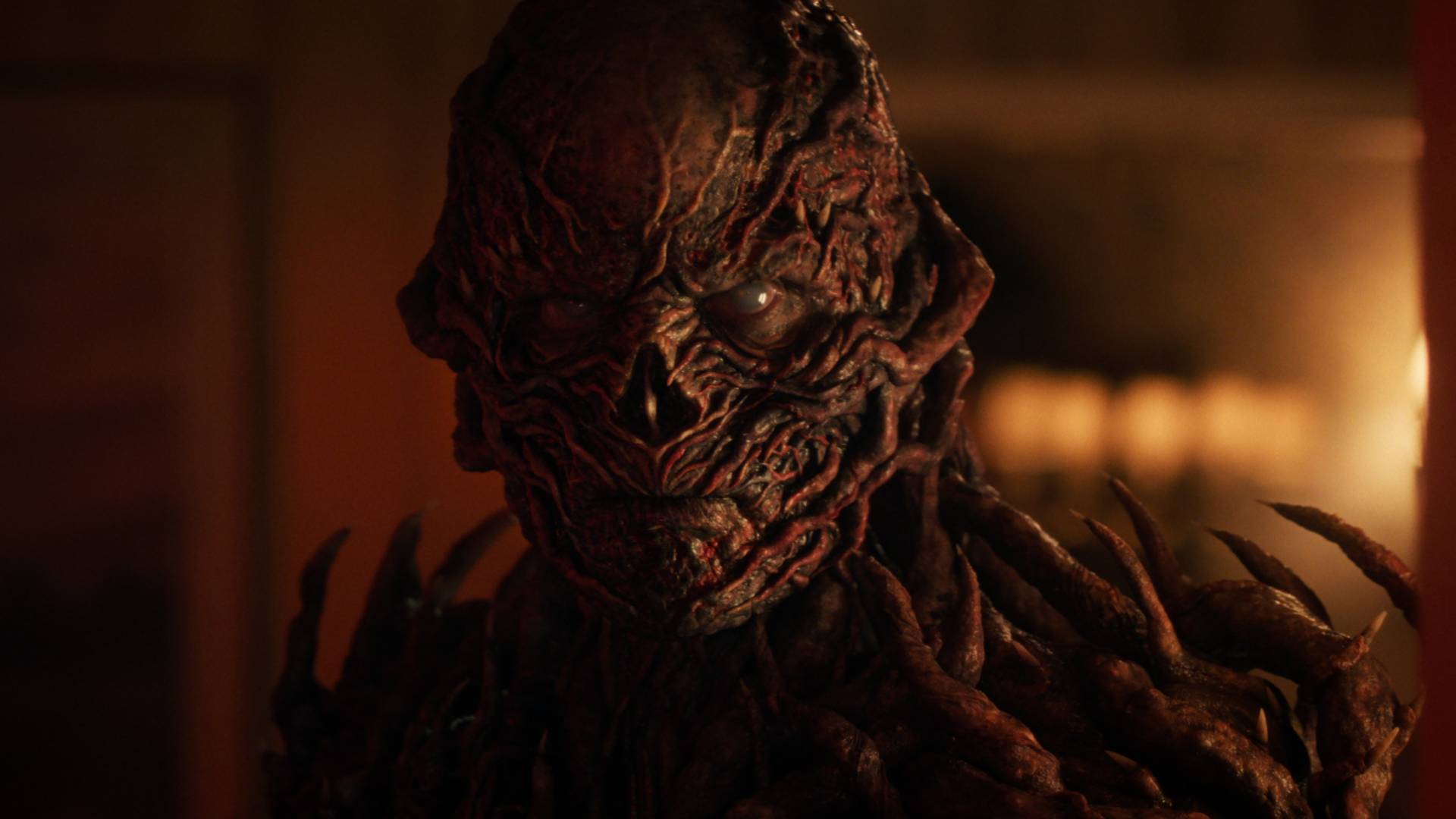The Making of Final Fantasy 7 Rebirth: "I thought: if we just reproduce the original game with no changes, it will feel nostalgic, but not exciting"
Feature | Edge Magazine: Remaking an iconic game was daunting enough – then the developers faced the difficult second entry.
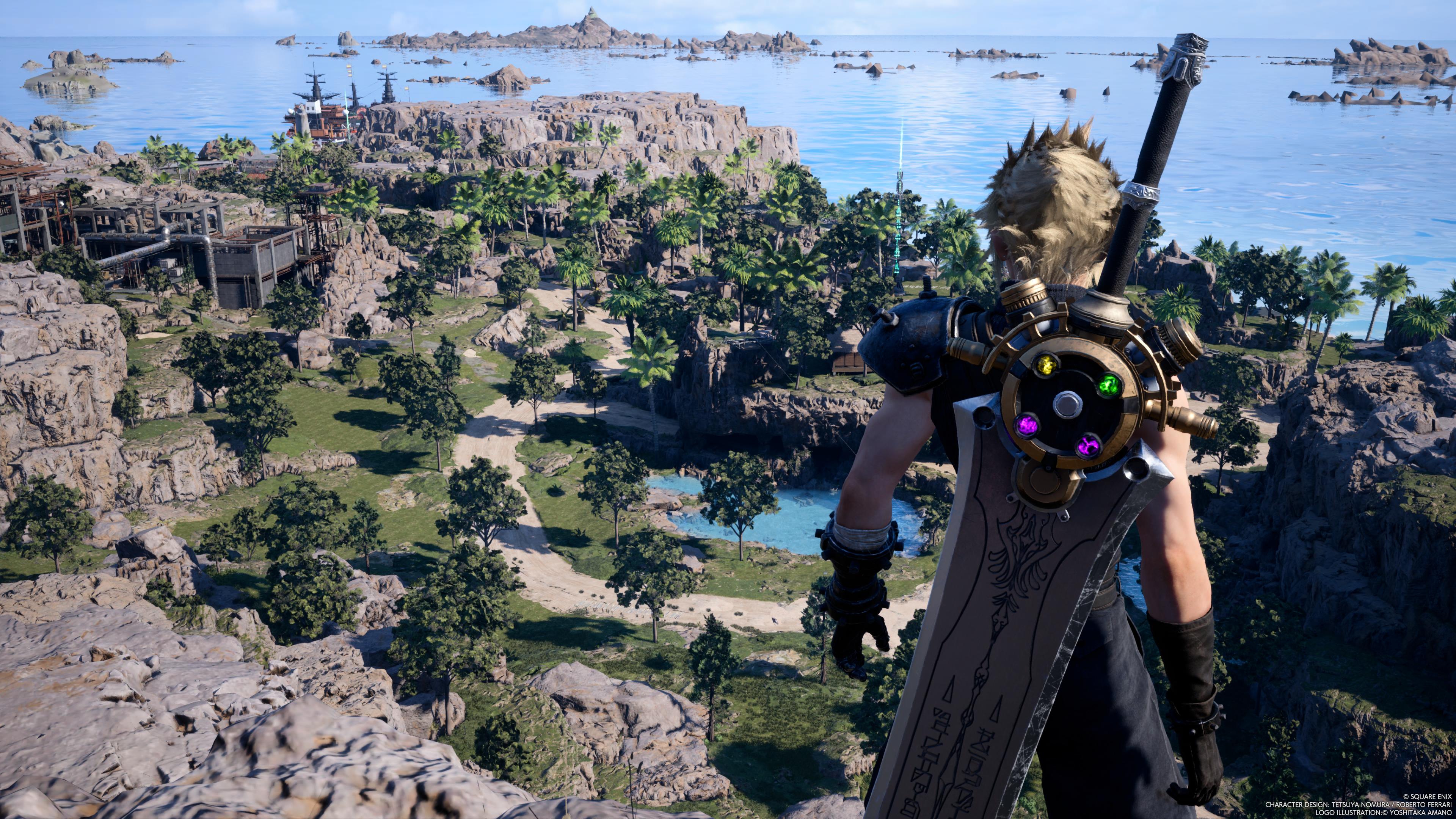
Nothing in the world is permanent: this is the message of the seventh and possibly most beloved Final Fantasy, the 1997 game in which we contend with the loss of protagonist Cloud Strife's vocation, his memory, his would-be lover, and, potentially, his entire planet. Everything is in flux; everything is fragile. You must adapt or risk becoming obsolete. It's a message with fresh relevance for the Japanese development team charged with bringing this game, built for a different time and different world, into the blazing present day, with its new rules, parameters and expectations.
Yes, the original's blocky, PlayStation-era character models have a certain vintage appeal in today's indie marketplace, but that is not a scale at which this remake could make commercial sense. Rather, this resurrection, a splicing of the original game's story arc into three separate, 40-odd-hour games, needed to be of blockbuster proportions, capable of competing with the open-world big hitters of an industry that often changes faster than the pace of development.
The first game in the trilogy, 2020's Final Fantasy VII: Remake, was broadly considered a success by fans and critics alike. It transposed the original's memorable opening act to modern technologies and practices, while managing to preserve its vivid spirit, tone and even its ditzy humour in a way that did not alienate the millions of players for whom Final Fantasy VII is, essentially, a sacred text.
Undeniably, the team developing the remake benefitted from the original game's pacy, memorable introductory sections. The story begins in the thick of the action, following a group of eco activists as they sabotage a reactor plant that looms above the slums of the world's capital city, Midgar. It's one of the medium's classic openings, rich in both action and melancholic oomph, assets which made the task of remaking it a little more straightforward. Even while working on Remake, though, the team nursed the uneasy knowledge that, soon enough, they would have to start work on Final Fantasy VII: Rebirth – and the second entry is the structurally saggy middle section of any trilogy.

"The game picks up in the middle of the story and it finishes while still in the middle of the story," observes Yoshinori Kitase, director of the original game and producer of its modern reinterpretation. "There's no real clear beginning or end." There was much debate about the shape of the trilogy – and indeed whether it even would be one. "When our scriptwriter, Kazushige Nojima, submitted his script for Rebirth, I remember thinking that I'd rather do it in a different way," recalls Naoki Hamaguchi, the game's director. Hamaguchi approached Kitase with a pitch: to set aside Nojima's plan for the story and instead take the second game all the way up to a pivotal point in the narrative – the moment when players discover the fate of one of Cloud's love interests, the placid flower-seller Aerith.
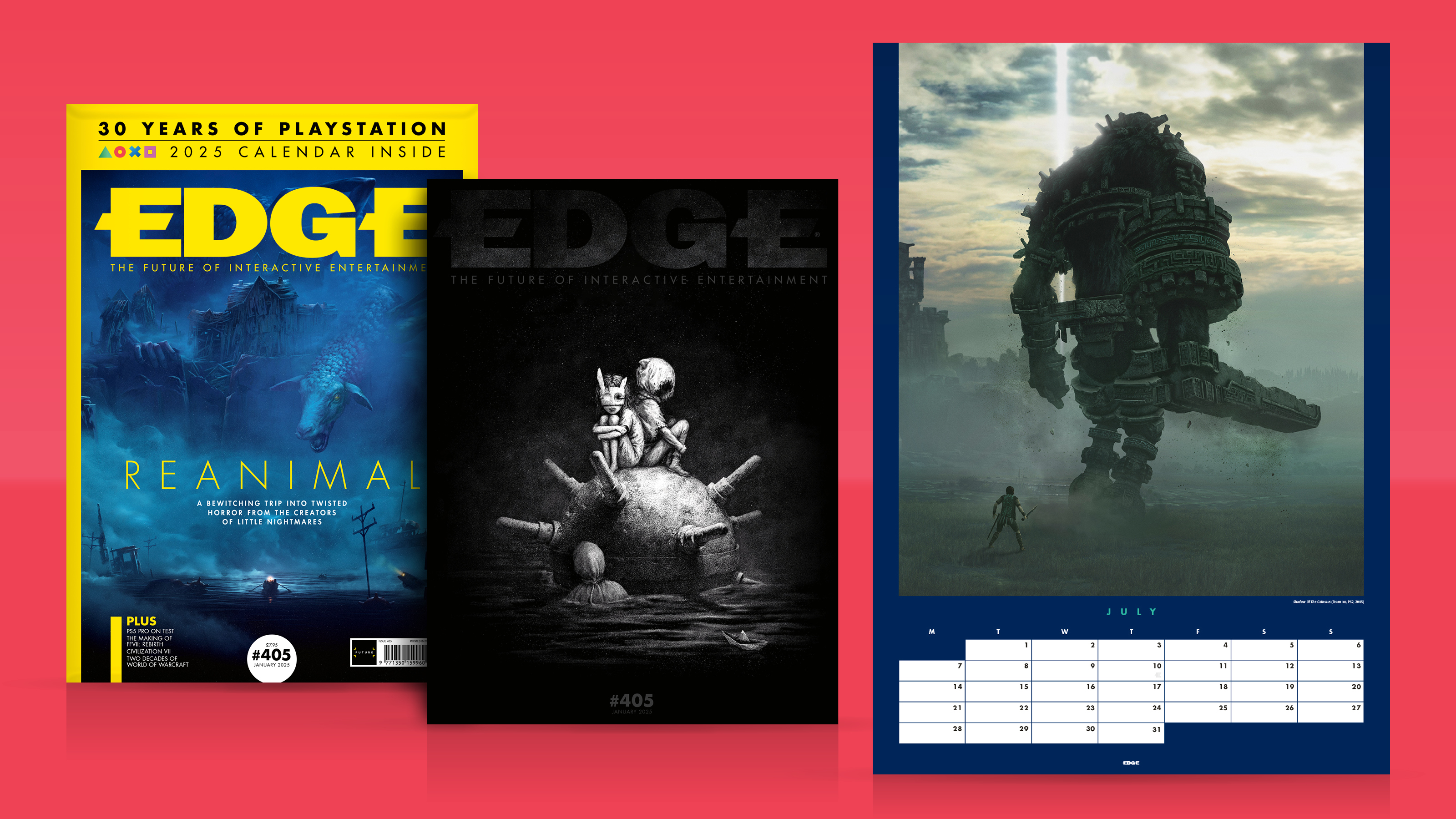
This feature originally appeared in Edge magazine. For more in-depth features and interviews diving deep into the industry delivered to your door or digital device, subscribe to Edge or buy an issue!
"There was definitely a debate," Kitase says. "At one point we thought maybe we could put everything in just two games. Then, later, we thought it needed to be four." It was only when work on the first game was properly under way and the team could see just how much raw material was needed for each game that they agreed on exactly where Rebirth would begin and end.
The team's next step was to select a defining word for each of the three games, a lodestar term that would sit at the centre of each discrete part of the trilogy, defining its tone and emphasis and giving it its distinctive character. For 2020's Remake, the chosen word was 'Reunion', the idea that, as Hamaguchi puts it, players would feel the combination of nostalgia and discovery experienced at a high-school reunion, "when you meet friends you haven't seen in many years, and discover they're still the same people, but with new aspects their lives." The defining word they selected for Rebirth, by contrast, was 'Bond' – not the fictional British secret agent, but rather the guiding principle that everything in the game should be focused on deepening the relationship between the player and the characters, as well as between the characters themselves.
Weekly digests, tales from the communities you love, and more
"The reason is very simple," Hamaguchi says. "The climax of the story is that final, emotionally shattering moment when we discover what's happened to Aerith. To make that pay off, we needed to build up the bonds between the characters, so you care about them." The concept of 'Bond' was braided through the game through a combination of plotline, mechanics – particularly the new 'synergy' system, which enables characters outside the main battle party to execute attacks from the sidelines, providing support – and a plethora of sidequests that provide deeper background to the main story.
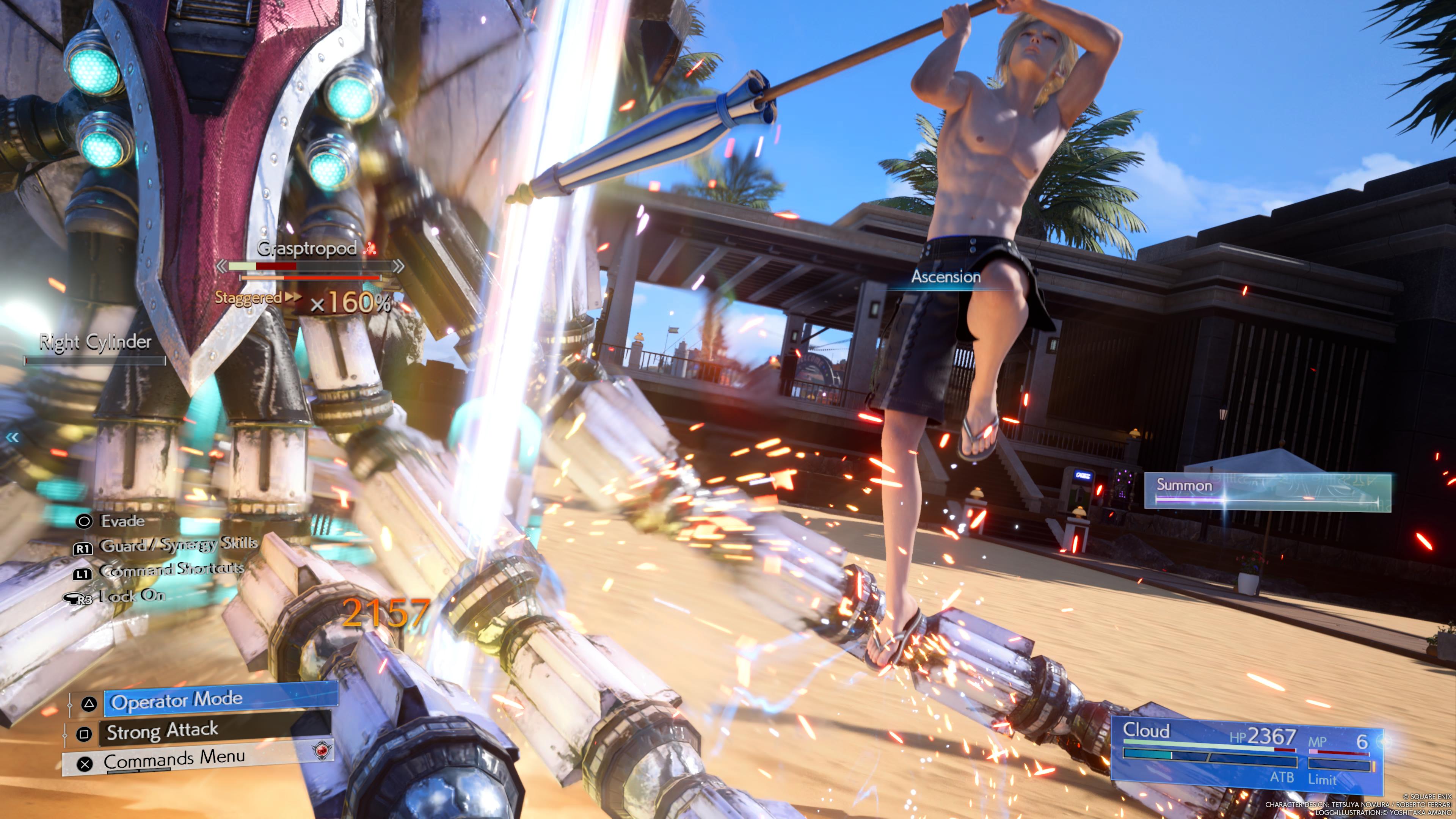
"It belongs to [the fans] as well as us, specifically in terms of their attachment to the characters."
Some foundational decisions about the structure and style of the second game in the trilogy were directed by the blueprint established in the original game, a quarter-century earlier. The first game, Remake, could follow a broadly linear, plot-driven path, only occasionally breaking into explorable areas.
In that instance, the team looked at similarly structured games for inspiration, including several of the prior generation's biggest hits, The Last Of Us, God Of War and Uncharted. But Rebirth occurs at the precise moment Cloud and his party break out of Midgar into the world, so such a linear structure would not work for this entry in the trilogy. Knowing the team needed to use an open world for the second game, Hamaguchi played The Witcher 3: Wild Hunt and Horizon: Zero Dawn to see how other top-flight developers approached the issue. "Then we looked to recreate the same kinds of experiences and systems that we had in the 1997 game, but with this more modern edge," he adds.
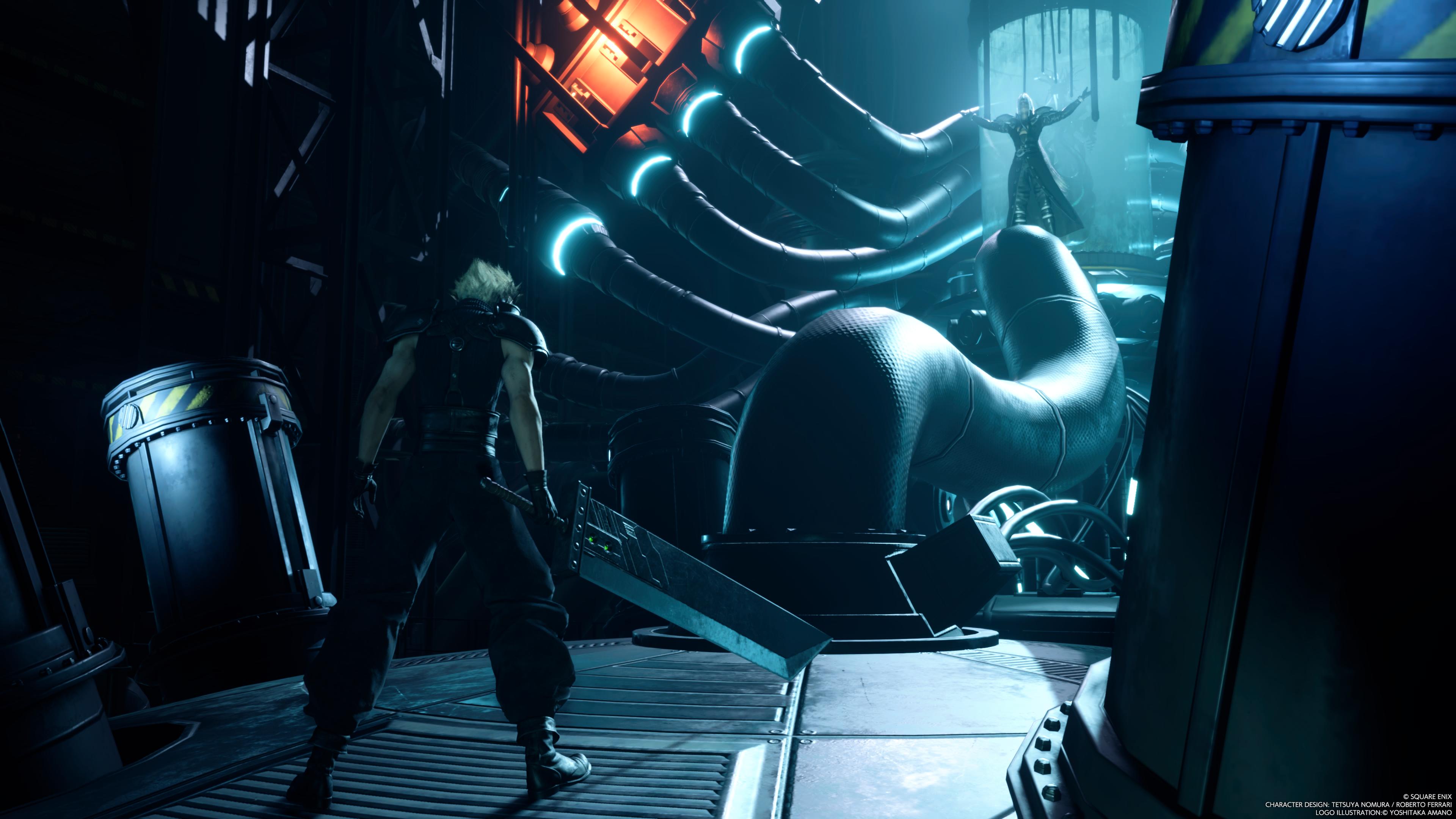
With a game so cherished, the Remake team were clear on the need to balance fan expectations with their own personal vision. Kitase, who worked on the original game when everything from the hardware to the 3D technologies involved was new, considered making significant changes to the original storyline, believing that a novel take on the characters and plot might reinvigorate the classic, which could otherwise be overfamiliar.
"I thought: if we just reproduce the original game with no changes, it will feel nostalgic, but not exciting," he says. "And fans of the original who know everything that's coming will soon get bored." But, as he reflected on the relationship those fans had developed with the original game's characters across a period of two decades, he concluded that too much deviation could do a disservice to the game's legacy and might alienate people. "Essentially half of Final Fantasy VII, or maybe even more, is now owned by the fans," he says. "It belongs to them as well as us, specifically in terms of their attachment to the characters. I realised we needed to be cautious in not changing those characters by turning them different kinds of people."
Simply delivering exactly the same storyline, however, with no new twists or revelations, wouldn't be enough. Kitase believed that, while fans might appreciate the nostalgia at first, it would fail to grip or surprise them over the long term, and the team wanted to deliver a fresh experience, one that would keep players guessing all the way through. This balancing act is best exemplified by the mysterious 'whispers' – dark-cloaked figures that appear throughout the remake. These creatures, which were not present in the original, represent the forces that push the story toward its familiar beats, but also provide deviations from the original. Kitase describes them as "a kind of unspoken message to the fans," signalling that, while some things may stay the same, others might not – the kind of interplay between creator and audience that is "only possible in a remake like this."
Eventually the team settled on a conservative but nuanced approach. The iconic moments from the original game would remain, but they would be presented in a way that felt fresh, both in terms of how the player interacted with them and the narrative structure. Major story beats were designed in such a way to allow for a broad set of player interpretations. This was most apparent in the portrayal of Aerith's fate, one of the most iconic moments in all of videogames. While the event itself remained unchanged, its presentation was designed to offer more layers of ambiguity. "We wanted it to feel more subtle, and to give players the possibility to interpret it in different ways," Kitase says, hinting at the potential for deeper emotional resonance or new theories surrounding the scene.
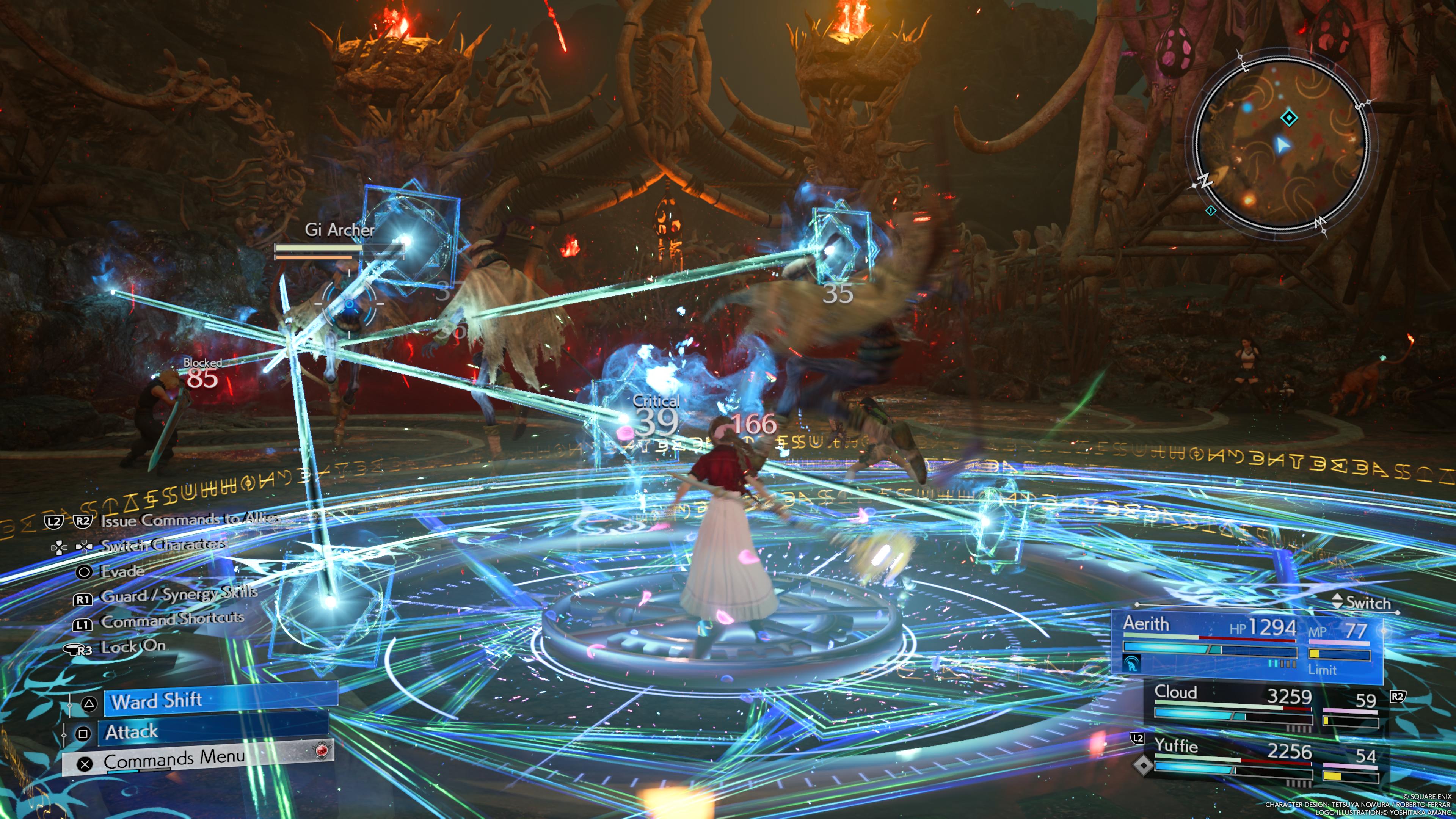
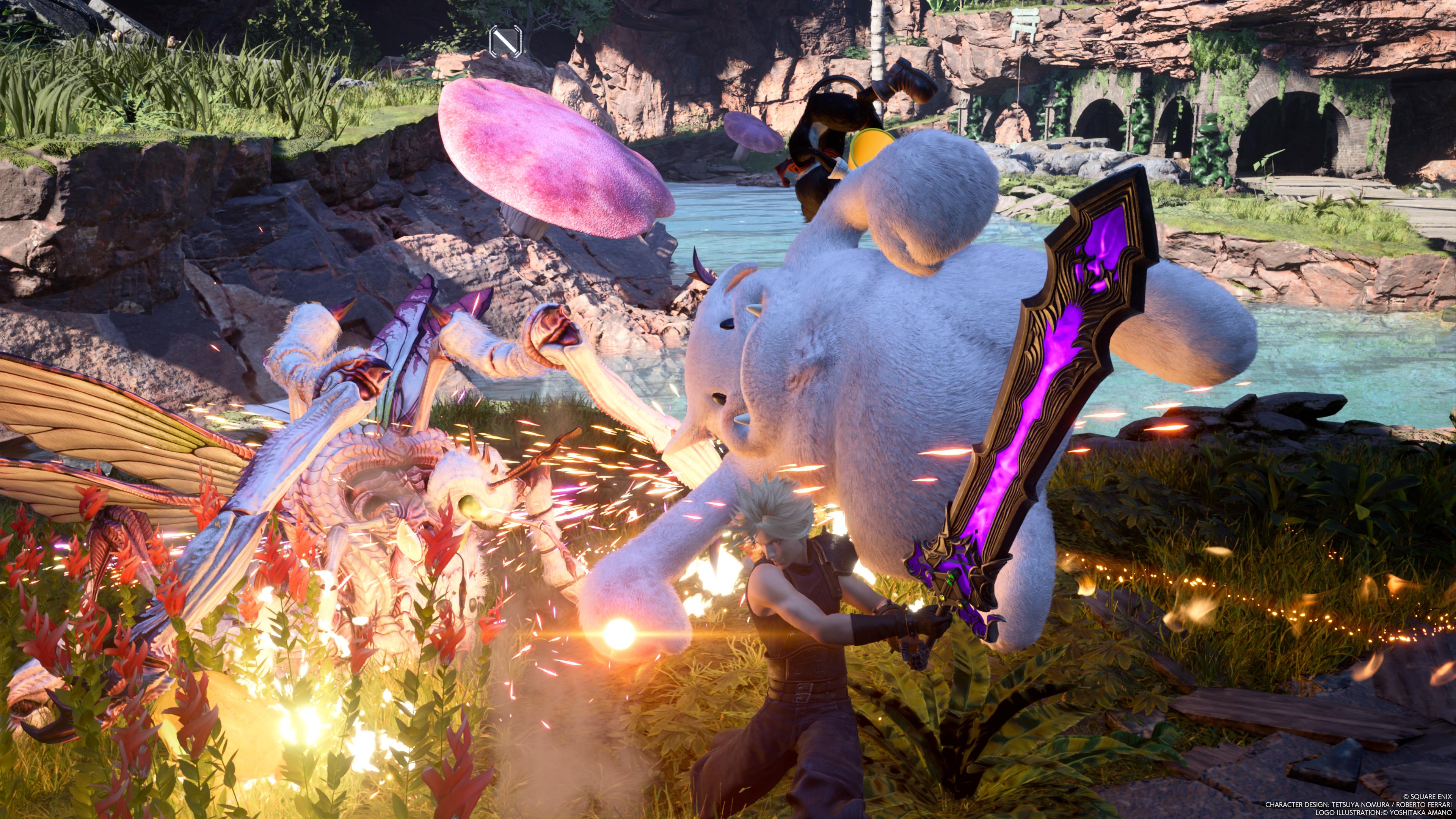
In our own Final Fantasy 7 Rebirth review on GamesRadar+, we said that "meaningful improvements make the step outside Midgar worth taking"
While Hamaguchi was eager to take on Kitase's advice and perspective – as the director of the original game, his views were important – he was also determined that Rebirth would not be designed by committee, which can be a risk with any property that stirs passions and involves strong opinions as a result. "I am a strong believer in the idea that too many cooks spoil the broth," he says. "If there are too many people inputting, giving ideas and opinions on what needs to be in there, what needs to change, the work can easily lose its character."
Hamaguchi instead established a core group of creative vision holders who were responsible for interpreting Nojima's script for the game, and gave them the freedom to deviate from that document when they felt it best served the experience. "Obviously, a scenario writer is working in text, as per a screenplay," he says.
"It was our task to consider how those directions would play out in an interactive context. And there were several points where we had to change the script to better communicate the feeling the scriptwriter wanted to evoke via a game. We don't change the core concepts, but we tweak the execution." The iterative process of adjusting the story to fit modern players' expectations involved a back-and-forth between the writers and the development team, resulting in a narrative that remained broadly faithful to the original, but enjoyable as a piece of interactive work.

Modernising the activity of the original, which offered a smörgåsbord of varied, sometimes incongruous minigames alongside its core, spinal designs, was another major challenge. The original game featured the turn-based Active Time Battle system, developed during the Super Nintendo era. The system was innovative for its time, but has long since been eclipsed by more dynamic combat systems (and, notably, abandoned by the most recent mainline Final Fantasy titles). Hamaguchi and his team knew they had to respect the original battle mechanics while reimagining them to meet modern expectations of action and excitement. "The Materia system and the ATB battle system were core elements of the original," he notes. "But we couldn't just copy them exactly. That would feel old-fashioned."
Instead, the development team studied other modern action RPGs to consider how to blend classic turn-based strategy with realtime action. The result is effective: while players can still issue commands to their party in a more traditional manner – slowing down time to select actions – they also have the option to get more hands-on and fight in realtime. This hybrid system allows for more fluid, engaging combat while still paying homage to the strategic depth that defined the original. "It wasn't about restricting ourselves to what Final Fantasy VII was," Hamaguchi says, "but rather reinterpreting those elements to create something accessible and exciting as a modern game."
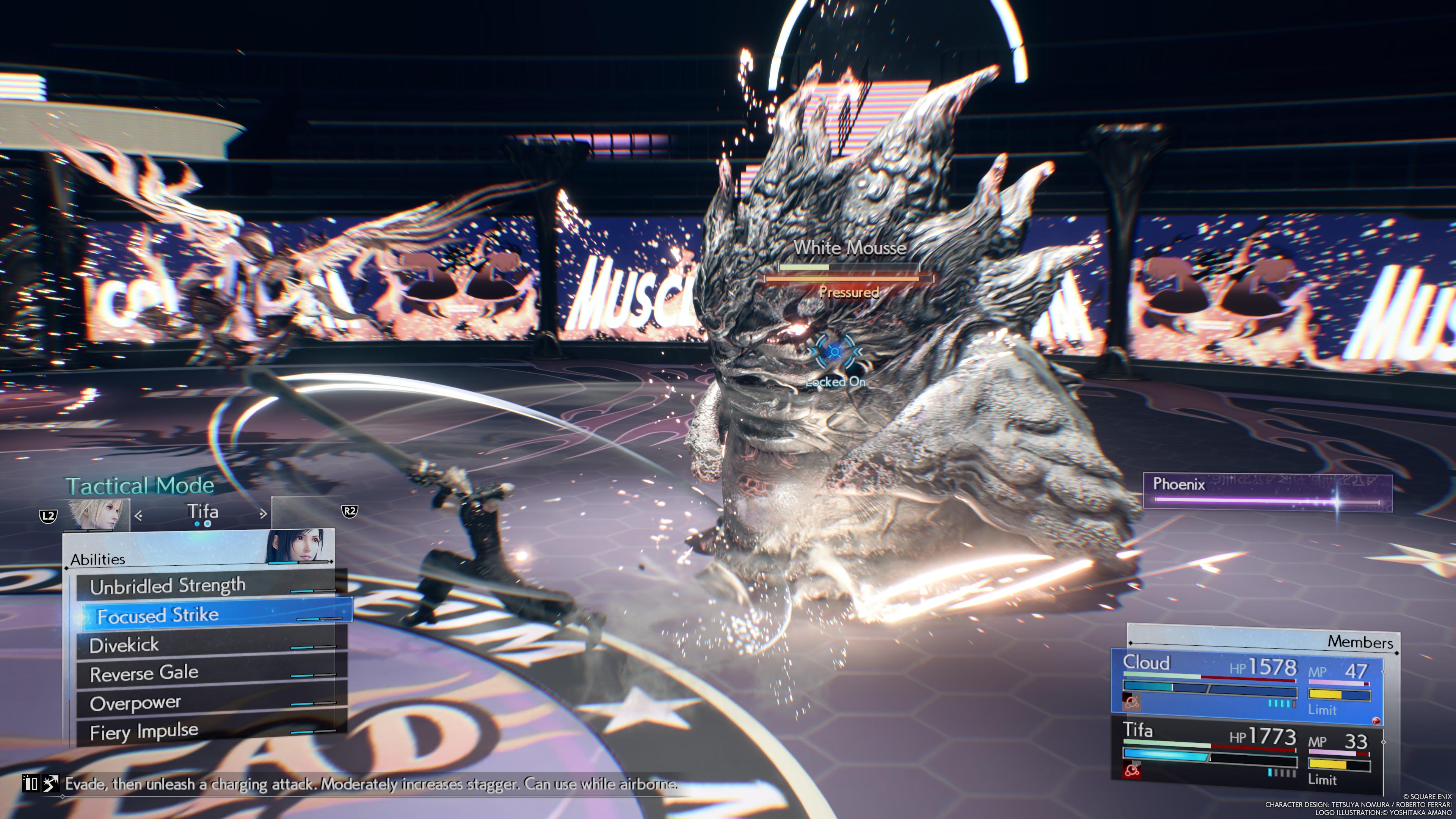
The concluding chapter in Final Fantasy VII's reimagining is still in development, its title – and defining word – as yet unannounced and unrevealed at the time of writing. And yet the trilogy, to a degree, already feels like an anachronism, the product of an industry that has moved on in the years since work began. Blockbuster game design and monetisation have shifted profoundly during the past five years; today, major videogames often feel more like apps to which players are encouraged to return daily, lured back by regularly introduced seasonal rewards. The idea of a singleplayer trilogy with a carefully constructed narrative seems, if not outdated, then commercially uncertain. Indeed, Rebirth underperformed against projected sales, the combination of the challenge of selling the middle part of a trilogy plus a fast-shifting marketplace.
And yet the game is as much a passion project – at least for Hamaguchi and his immediate team – as it is a moneymaking one, and those who played the game have, Kitase says, responded to it as he was hoping they would, even though he worried how it might land. "So many of the original game's fans now work in the industry," he says. Remaking such a widely beloved game was risky, but Kitase says that the reaction has been warm and enthusiastic – support that has been "hugely gratifying" for the team. "The level of excitement, expectation and intrigue towards the third part of the series has been solidly built up," he adds. "So, yes, I am reassured. And it's certainly a weight off my shoulders to know we didn't mess it up."
Looking for what to play next? We've got our list of the best Final Fantasy games for you, as well as the best RPG games!
